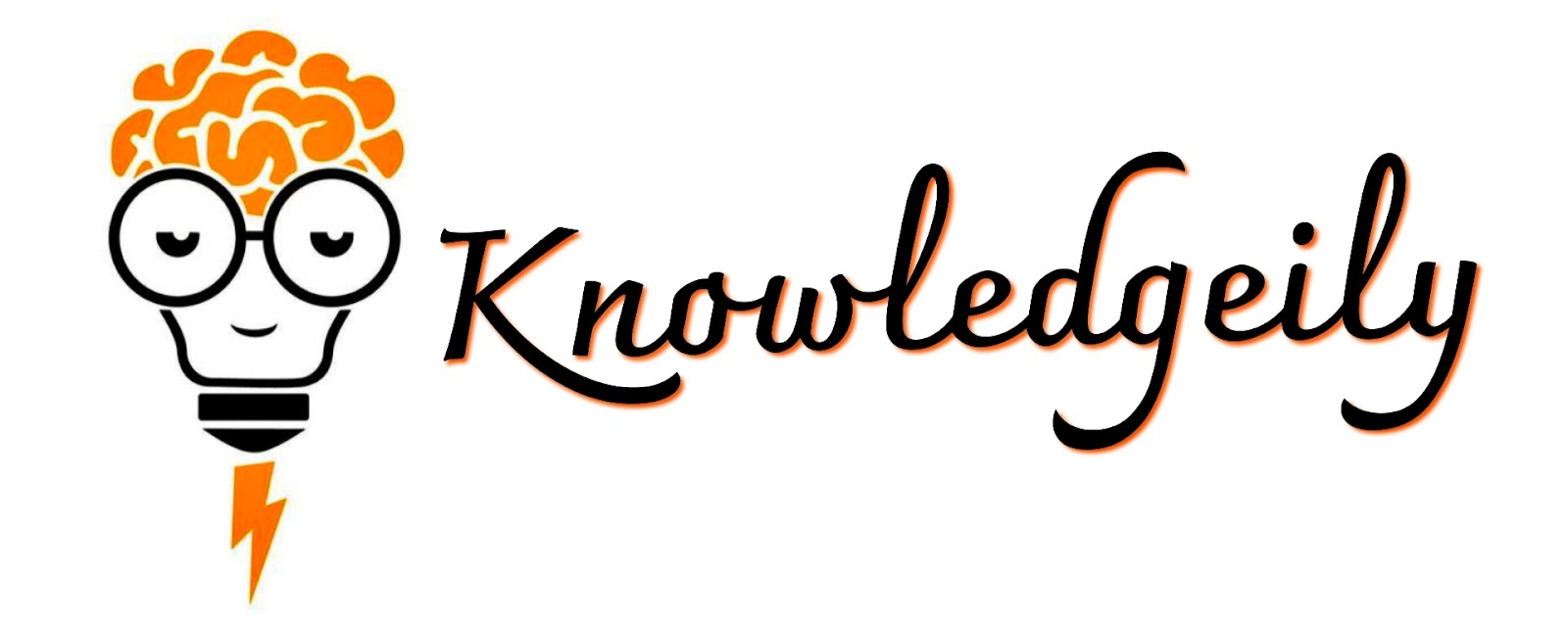Latest guidelines released by Associated Press (AP) regarding the use of generative AI to landscape journalism
Summary: With OpenAI, the standards prioritize human journalists while utilizing AI as a tool. Privacy and prevention of misinformation are also highlighted. While AP's approach is prudent, concerns arise over misuse, making responsible AI implementation crucial for maintaining journalistic excellence.
According to the latest guidelines released by Associated Press (AP) regarding the use of generative AI in their newsroom signal a significant step forward in the evolving landscape of journalism and artificial intelligence. While the AP's approach is grounded in caution and responsibility, it remains to be seen how other media outlets will interpret and apply these principles.The AP's close collaboration with OpenAI, the creator of
ChatGPT, is underscored by a comprehensive set of standards designed to harness
the potential of AI without compromising the integrity of journalistic
practices. The guidelines, which stem from a licensing agreement with OpenAI,
prioritize the role of human journalists, editors, and reporters as
irreplaceable components of the news production process.
Amanda Barrett, the AP’s Vice President for Standards and
Inclusion, emphasizes that AI should be seen as a tool to assist, not supplant,
human expertise. She emphasizes the importance of journalistic accountability,
accuracy, and fairness, reiterating that the final responsibility lies with AP
journalists.
Subscribe our WhatsApp channel Click to join
The guidelines clearly outline that AI-generated content
should be treated as "unvetted source material," necessitating the
application of editorial judgment and adherence to the AP’s sourcing standards
before any information is deemed suitable for publication. This approach aligns
with the organization's commitment to maintaining the highest standards of
journalistic excellence.
Notably, the guidelines also extend to visual content,
preventing the use of generative AI to manipulate images or multimedia
elements, except in cases where AI-generated illustrations or art are the
subject of a story although even then, labeling is paramount.
AI-generated News will not publishable: Associated Press
One of the most critical aspects of the guidelines revolves
around preventing the inadvertent dissemination of misinformation. AP
journalists are encouraged to exercise the same skepticism and diligence when
reviewing AI-generated content as they would with any other source.
This includes efforts to verify the authenticity and origin
of content, conduct reverse image searches, and cross-reference information
with trusted sources. The guidelines also prioritize privacy by prohibiting the
input of sensitive or confidential data into AI tools.
While the AP's approach demonstrates prudence and
forward-thinking, concerns linger about how other media outlets might interpret
these guidelines differently. Instances of poorly vetted and inaccurately
labeled AI-generated content have already surfaced, casting a shadow on the
potential misuse of this technology.
In a fiercely competitive media landscape, some outlets
might seize upon the AP's cautiously permissive stance as an opportunity to
adopt AI-driven journalism without the same level of restraint. This could
result in a proliferation of content that lacks the rigor and ethical standards
upheld by the AP.
Ultimately, the AP's AI guidelines set a clear benchmark for
responsible and judicious use of AI in newsrooms, emphasizing the enduring
value of human expertise and journalistic integrity. However, the onus now
falls on the broader media industry to uphold these principles and strike a
delicate balance between harnessing the capabilities of AI and preserving the
core tenets of credible and reliable journalism.
Subscribe our WhatsApp channel Click to join











Post a Comment